public relation
In the zoo there are various days of action that focus on the topic of species protection
Conservation breeding
The zoo participates in various breeding programmes and therefore supports the existence of endangered species
Wildlife sanctuary
Wild animals in need receive help from us
Habitat zoo
Not only zoo animals - the zoo is also home to many wild animals
International projects
The zoo provides financial support for in situ conservation
Regional projects
The zoo takes care of regional conservation projects
conservation campaigns
Various nature conservation campaigns such as the "Zoo Animal of the Year" campaign are sponsored by the Görlitz Nature Conservation Park
conservation sponsorships
Nature conservation sponsorships can be concluded through the zoo, thereby actively supporting selected species conservation projects
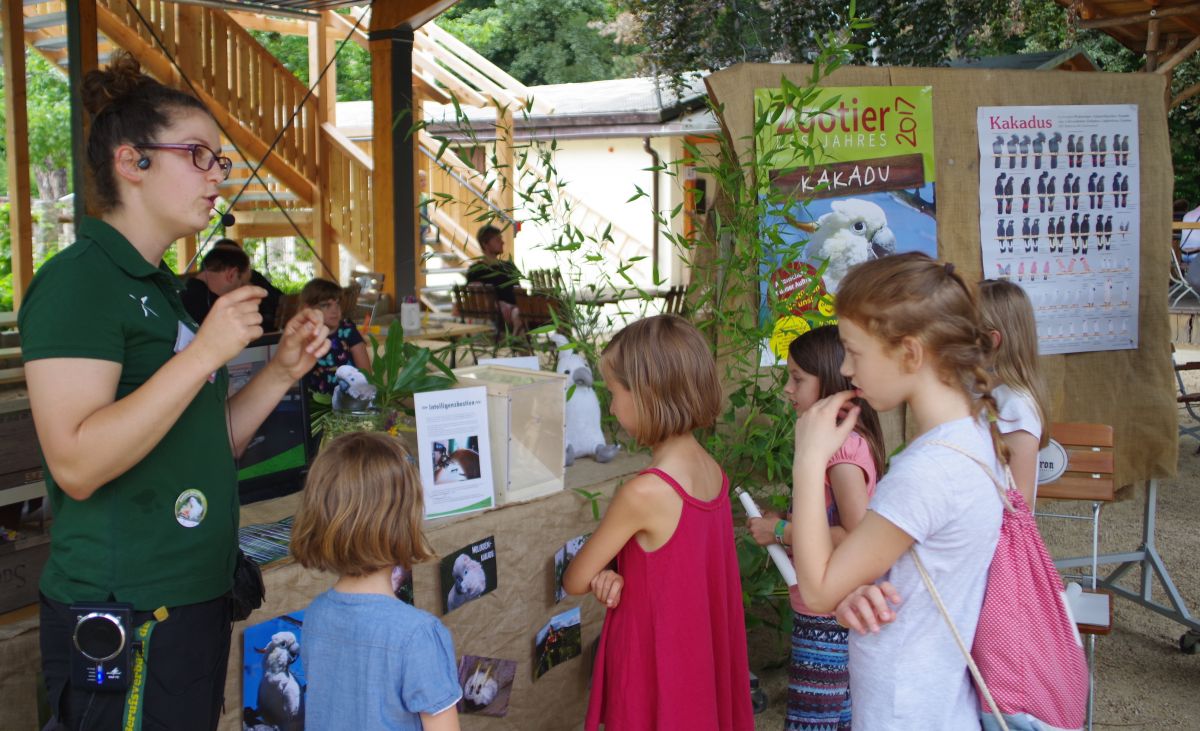
is an important part of our conservation work. Employees of the zoo and the zoo school are actively involved in the training and further education of various population groups. Special courses offered by the zoo school are e.g. with animal welfare-friendly keeping of pets. The nature protection animal park Görlitz supports offices and specialist authorities in many cases in the confiscation, accommodation or brokering of wild animals that are kept relevant to animal protection to suitable animal husbandry facilities.
In addition to conservation breeding - the so-called ex-situ species protection (programs outside the natural habitat) - zoological institutions are also required to get involved in the protection of habitats of endangered species on site (in-situ species protection). What the Görlitz nature conservation zoo directly supports as part of its nature conservation sponsorships.
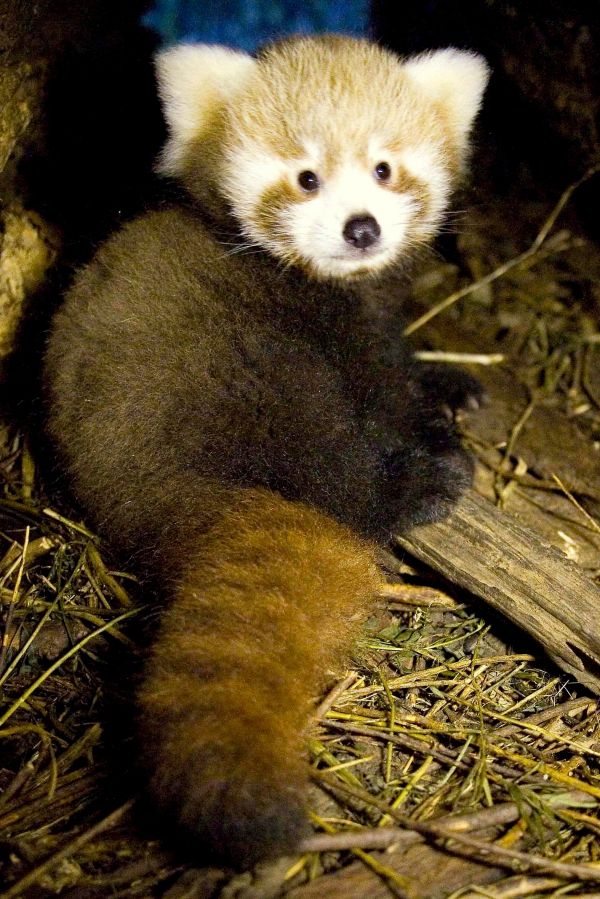
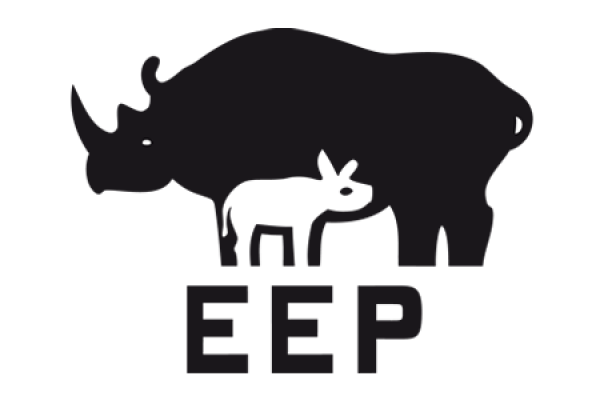
Wildlife imports from the countries of origin are becoming increasingly rare due to restrictions on species and animal diseases. For this reason, zoological facilities are dependent on building up self-sustaining animal populations.International cooperation is essential for this. For this reason, the European Conservation Breeding Programs (EEP) and Stud Books (ESB) were launched in 1985 within the European Zoo and Aquarium Association (EAZA). In the network of participating zoos, the breeding of a number of endangered species is coordinated in human care.
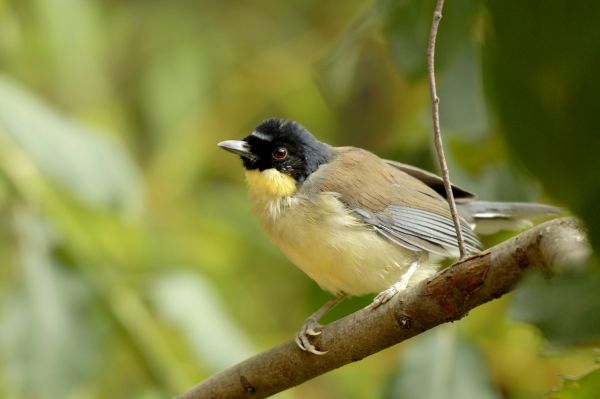
A coordinator is responsible for each stud book. These are usually employees of a zoo involved in the breeding program. Breeding books are updated annually and all individuals of the species concerned are listed. The data on gender, age, family relationships and number of offspring allow a computer-aided genetic and demographic analysis, on the basis of which recommendations e.g. for animal transfers and optimal mating. The aim is to maintain behaviorally sound animal populations, to avoid inbreeding and to maintain the genetic diversity in an animal population over many generations. Only in this way can living beings adapt to their environment in the long term, which is also important with regard to the possible resettlement of animals born in zoos in their natural habitat.
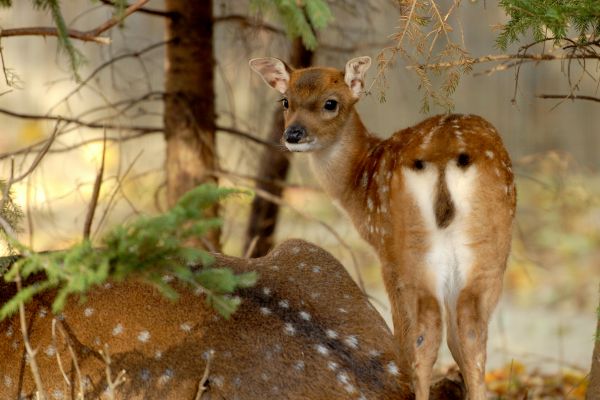
Red panda, manul, golden-headed lion monkey, otter, Indochinese Sika deer, goiter gazelle, blue-crowned lion, Edwards pheasant, griffon vulture.
Numerous examples have now shown that the concept of qualified zoos can function as a "temporary ark". So far, more than 50 animal species and subspecies that were once extinct in the wild have only survived thanks to such coordinated breeding efforts in zoological facilities. Well over 200 animal species have been able to survive Attitudes under human care can already be successfully resettled in their natural habitat.
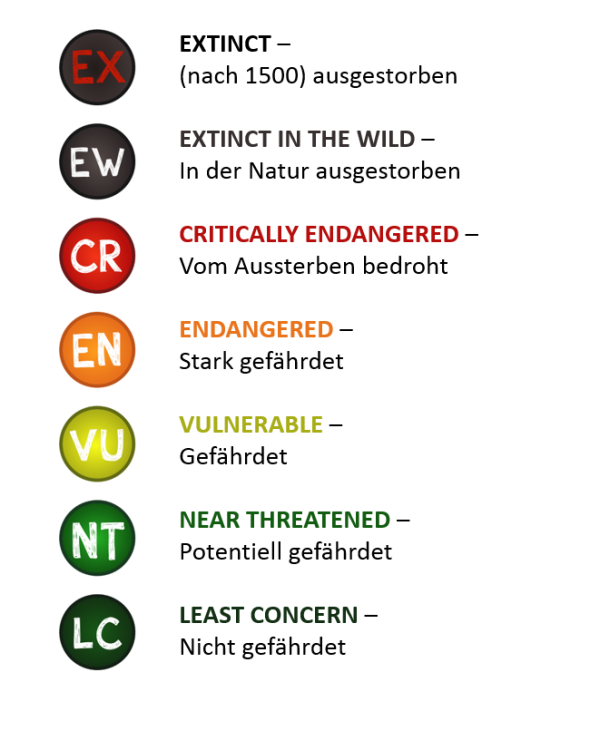
The World Union for Conservation of Nature and Natural Resources (IUCN) has been leading the international red list of endangered animal and plant species since 1963. It differentiates between the following levels of danger. Both endangered and non-endangered species are subjected to an assessment.
The red list provides information on the degree of threat to a species.
With us in the zoo you will find the degree of threat to an animal species on the sign.

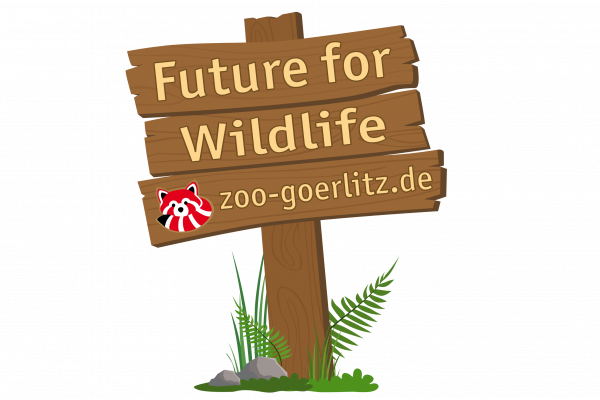
Here you can support us with your donation in our efforts to preserve biodiversity.